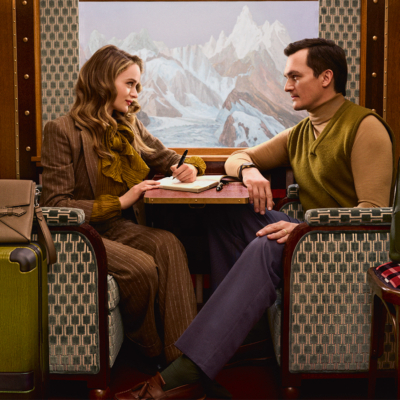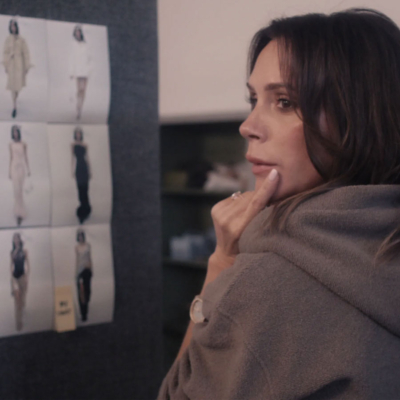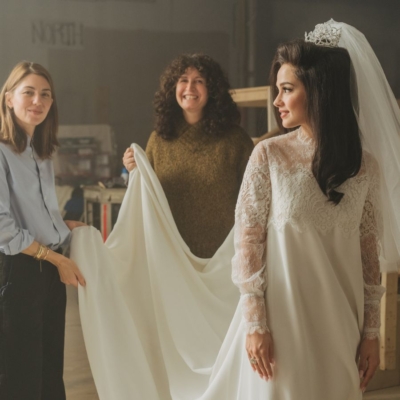Lawlor’s artworks are defined by their use of light and references to the past, especially the influential books of Lafcadio Hearn …
How do you describe your work? My work is rooted in the history of European painting from the 14th century to the late 19th century. It borders on abstraction but can also be figurative. My painting and my printmaking are connected, but approached in quite a different way. The unifying factor is something temporal; when moving across centuries there are connections between the earlier and later sources of influence and subject.

Amiens
Who or what genre was influential to your artistic journey? As many who have gone before me have stated, it’s the atmospheric creations of the great masters I am beholden to for some deeper resonance when making an image. Especially important are Piero Della Francesca, Joachim Patinir, Titian, Veronese, Van Eyck, Domenichino and Hugo Van der Goes, among a host of others from northern and southern Europe. I’ve also absorbed how contemporary painters influence artists such as Helen Frankenthaler, Philip Guston, Luc Tuymans and Neo Rauch.
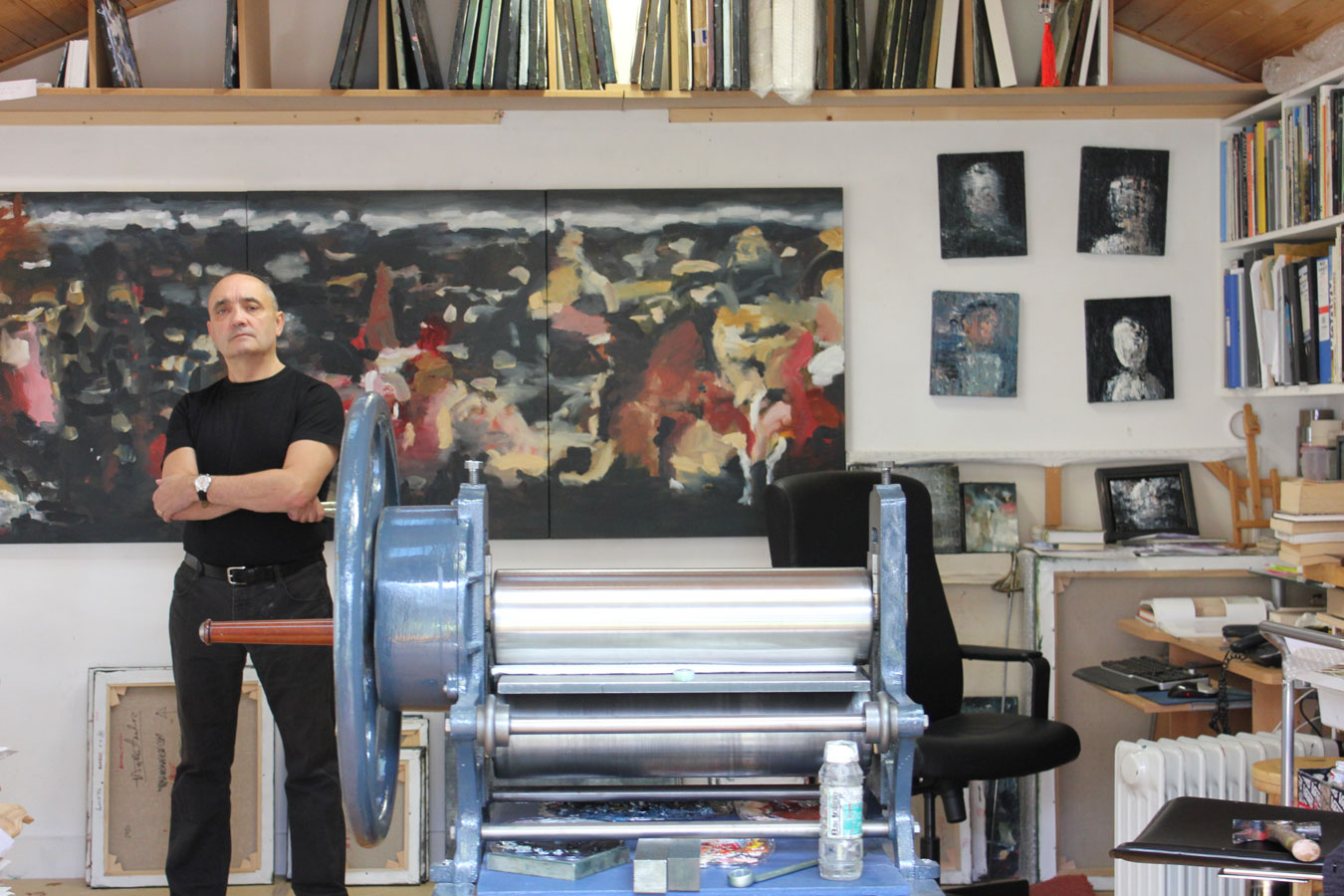
Where and how do you work? I’m lucky to have my studio at the end of my garden. It’s a very short commute! When painting, I instinctively render images in a very loose way into a hybrid composition that has pieces of the ghost images coming through from earlier crude renderings. Sometimes the atmosphere can be clear and definite or at other times it can even be conflicting and unnerving. It’s a random approach with no planning.
Printmaking is a different creature and for that there must be some plan before the drawing is committed to a copper plate. I still try to allow some random occurrences after this point, but there are more restrictions upon how much it can change from beginning to end, as opposed to painting.
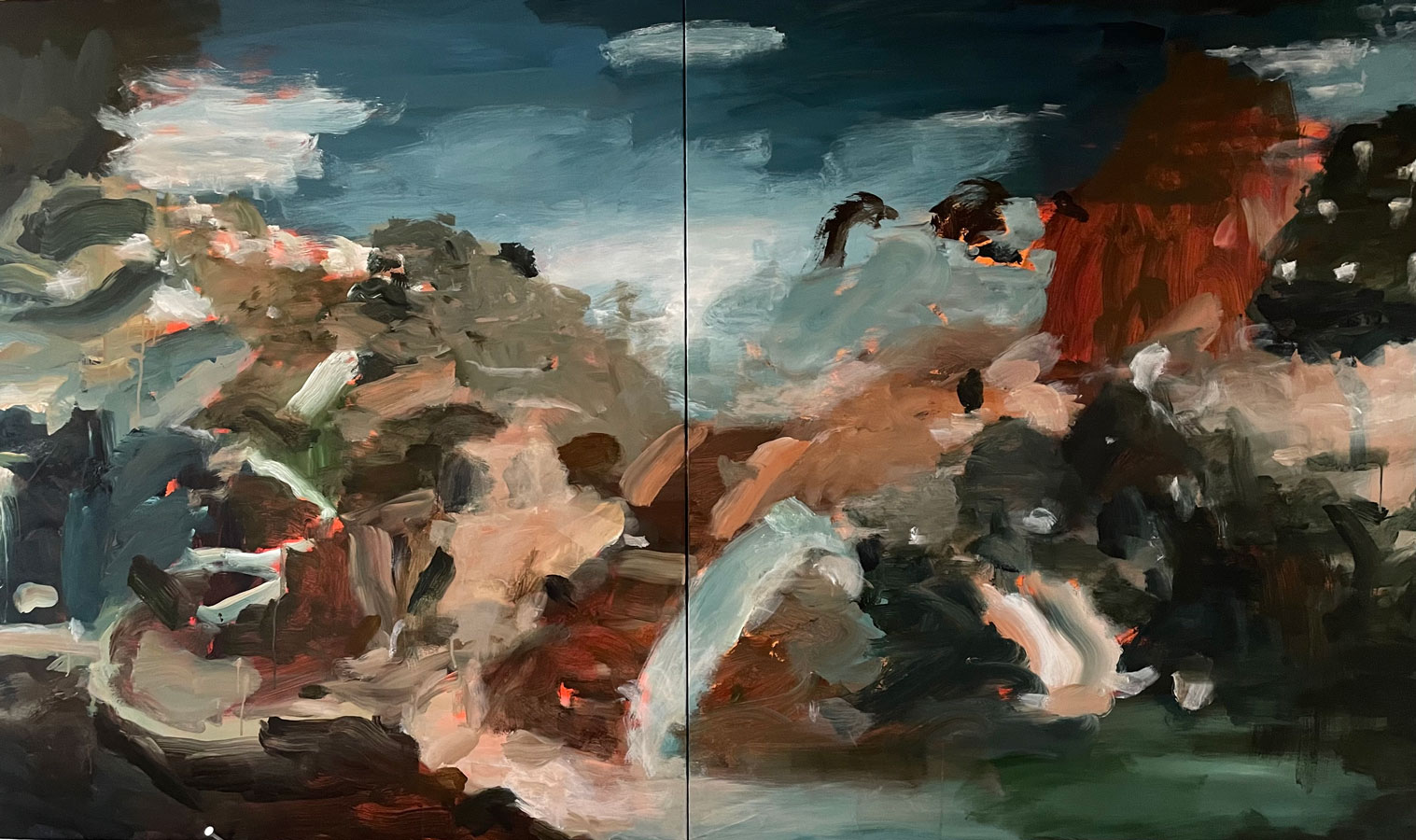
Padua
You curated and participated in an exhibition inspired by Lafcadio Hearn. How has hwe influenced your work? Lafcadio Hearn was a Greek and Irish writer, translator and teacher who introduced Japanese culture and literature to the western world. His books on Japan included collections of legends and ghost stories such as Kwaidan: Stories and Studies of Strange Things. Hearn’s writing lends itself very well to visual interpretation. Having seen a ghost, it particularly appealed to me. Hearn’s life story is quite remarkable – he believed in the afterlife. His view was that mysticism and ancient human connections with earth and the human spirit were far more important than scientific or technological developments.
What do you hope visitors take away from this group exhibition? It was our plan to reinstate Hearn as a part of the Irish literary pantheon and we believe that our project has achieved this as his name has now begun to appear far more frequently. We just opened the exhibition to a huge audience at the new Irish Embassy building in Tokyo.
Those who visit SO Fine Art Editions during Dublin Gallery Weekend will get a chance to see the exhibition of 40 contemporary artists from Japan and Ireland. Our hope is that it will spark more interest in Hearn’s writings and also acknowledge how important he was in influencing social thinking internationally.
Need to know: “Kwaidan – Encounters with Lafcadia Hearn” at SO Fine Art in Powerscourt Townhouse Centre, Dublin 2. Author Paul Murray is giving a a talk and reading centred around the exhibition on November 8 from 2pm to 3.30pm. @stephenlawlor19
SEE MORE: Artistic License – Yanny Petters








